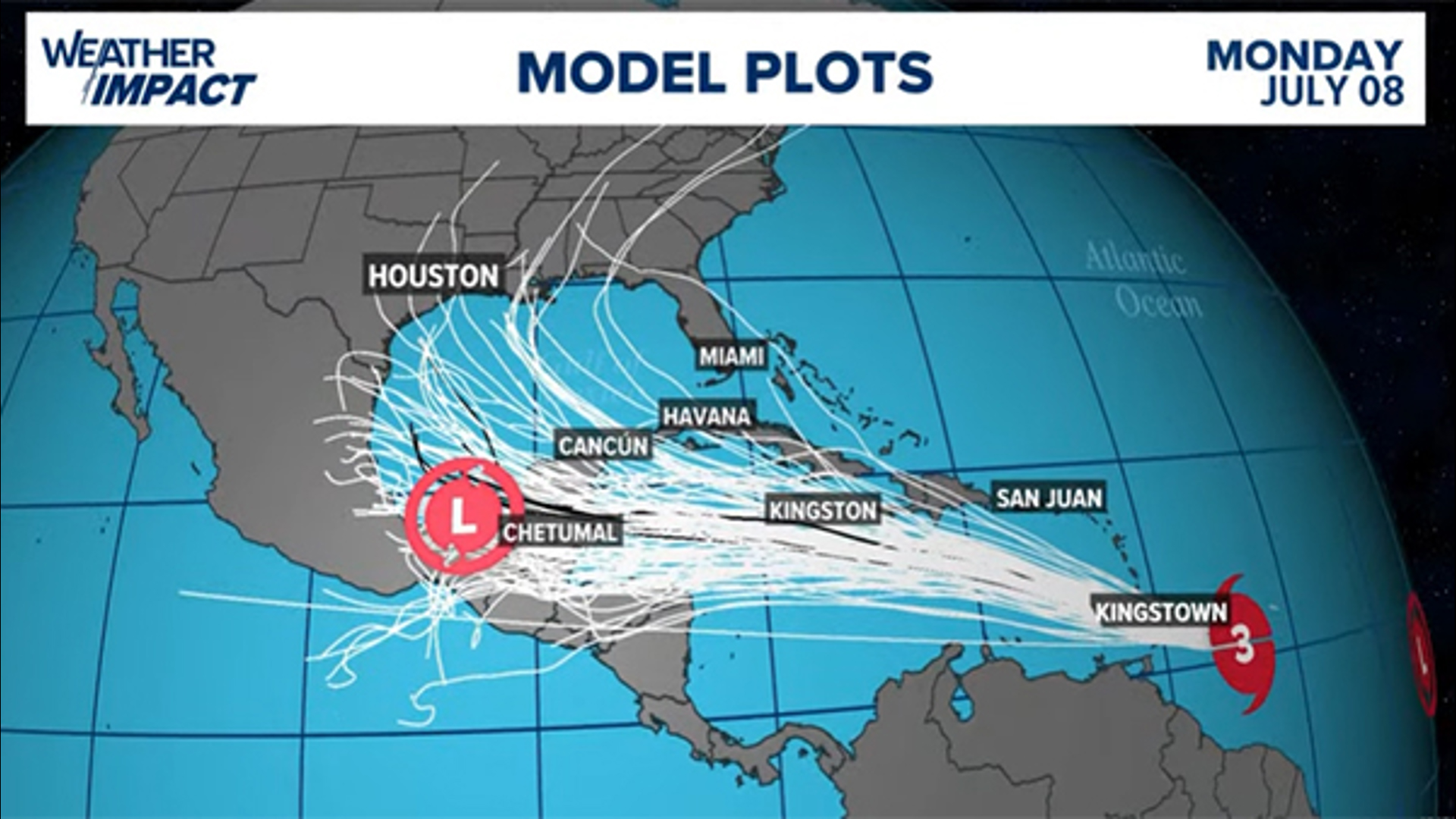Hurricane Beryl’s Path and Forecast

Hurricane Beryl is currently located at coordinates [Insert Coordinates]. It has sustained wind speeds of [Insert Wind Speed] and is moving in a [Insert Direction] direction.
Over the next 24-48 hours, Hurricane Beryl is expected to continue moving in a [Insert Direction] direction. It is forecast to strengthen to a Category [Insert Category] hurricane by [Insert Time]. The hurricane is expected to make landfall in [Insert Location] by [Insert Time].
Potential Impacts
Hurricane Beryl is expected to bring heavy rainfall, strong winds, and storm surge to the affected areas. Residents in these areas should be prepared for flooding, power outages, and other disruptions.
Impact and Preparedness: Hurricane Beryl Path Tracker
![]()
Hurricane beryl path tracker – As Hurricane Beryl approaches landfall, it is crucial to understand its potential impact and take necessary precautions. The areas most likely to be affected include coastal communities along the projected path of the storm.
The hurricane poses significant risks, including storm surge, flooding, and wind damage. Storm surge can inundate coastal areas, causing extensive damage to infrastructure and property. Flooding from heavy rainfall can lead to road closures, power outages, and disruption of essential services. High winds can topple trees, damage buildings, and create hazardous conditions.
Evacuation Plans
If you reside in an area at risk of being impacted by Hurricane Beryl, it is essential to have an evacuation plan in place. Monitor weather updates regularly and be prepared to evacuate if advised by local authorities. Identify evacuation routes and designated shelters in advance, and make arrangements for transportation and accommodations.
Emergency Supplies
Gather an emergency supply kit that includes essential items such as non-perishable food, water, first-aid supplies, medications, flashlights, batteries, a battery-powered radio, and important documents. Keep these supplies in an easily accessible location and ensure they are sufficient to sustain your household for at least three days.
Other Preparedness Measures
Secure loose outdoor items such as furniture and garbage cans, and bring them indoors. Protect windows and doors with hurricane shutters or plywood. Stay informed about the latest hurricane updates and follow instructions from local officials. If you have a generator, ensure it is in good working condition and refueled.
Tracking and Monitoring

Tracking and monitoring the movement and intensity of hurricanes like Beryl is crucial for timely warnings and public safety. Various methods are employed to gather data and provide real-time updates.
Weather Satellites
Weather satellites orbit the Earth, providing a bird’s-eye view of weather systems. They capture images of cloud patterns, measure temperature and humidity, and track the movement of storms. Satellite data is essential for long-range forecasting and identifying potential hurricane threats.
Radar
Radar systems emit electromagnetic waves that bounce off precipitation particles. By analyzing the reflected signals, meteorologists can determine the location, intensity, and movement of hurricanes. Radar provides detailed information about the storm’s structure, including rainfall rates and wind speeds.
Storm Chasers
Storm chasers are intrepid individuals who drive into the path of hurricanes to collect data and provide eyewitness accounts. They use specialized equipment to measure wind speeds, pressure, and other weather conditions. Storm chaser data helps to validate satellite and radar observations and provides valuable ground-level information.
Other Tracking Tools, Hurricane beryl path tracker
In addition to these primary methods, other tools are used to track and monitor hurricanes, including:
- Aircraft reconnaissance: Aircraft fly into hurricanes to collect data on wind speed, temperature, and pressure.
- Buoys: Buoys deployed in the ocean measure wave height, wind speed, and water temperature.
- Social media: Social media platforms can provide real-time updates from individuals in affected areas.
Staying Informed
Individuals can stay informed about the latest updates and warnings regarding Hurricane Beryl through various channels:
- National Hurricane Center (NHC): The NHC provides official forecasts, warnings, and advisories on hurricanes.
- Local news and media: Local news outlets provide up-to-date information on hurricane impacts and safety measures.
- NOAA Weather Radio: NOAA Weather Radio broadcasts weather alerts and warnings directly to homes and businesses.
- Mobile apps: Mobile apps such as the FEMA app and the Red Cross Emergency app provide real-time hurricane information and safety tips.